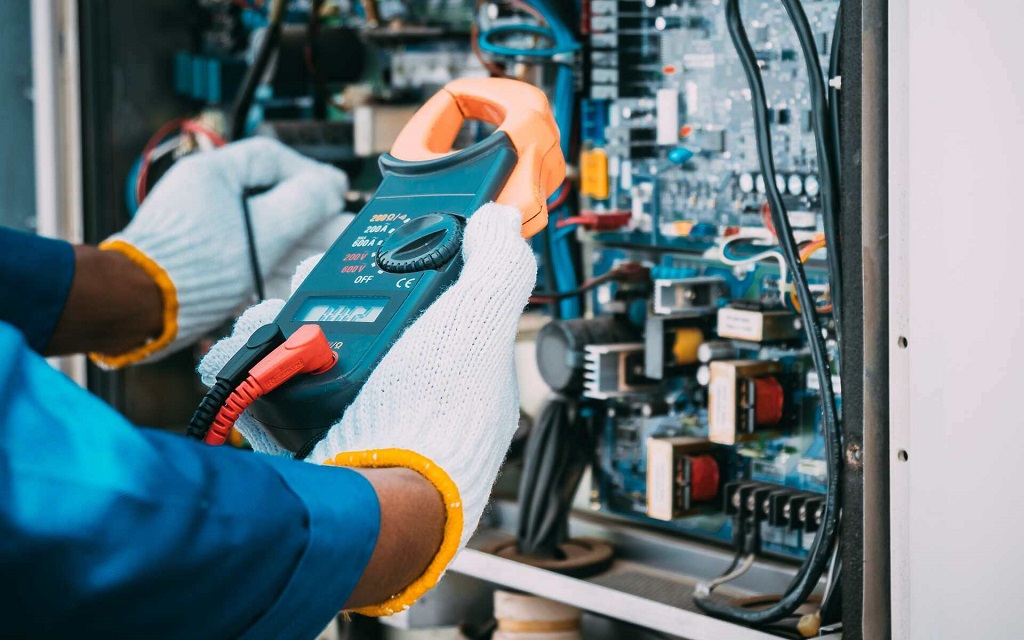Silicone sealant is used in kitchens and bathrooms to seal joins such as those between your bath and the wall. Silicone sealant is waterproof, flexible, and designed for use in damp environments, so why does it become mouldy and how can you deal with this mould?
Why silicone bathroom sealant gets mouldy
Silicone sealant goes mouldy when it is continuously exposed to damp. This usually happens if a bath is poorly levelled, if flannels are left in contact with the sealant, or if dampness is present behind the sealant.
Why mouldy sealant is bad
Mouldy bathroom sealant is a common sight, but it is a warning sign that should be heeded. Mould indicates a damp environment that is hazardous to your health, causing an increased likelihood of allergies and respiratory conditions and threatening the lifespan of your bathroom.
How to get rid of mould
You must first identify the cause of the damp. If it is behind the sealant, you may need to remove the bath, sink, or shower to remedy the problem. If the bath is not level, it will need to be reset. If the cause relates to a lack of ventilation or flannels being left in the wrong place, opening a window and putting flannels on a radiator will make a huge difference.
If you have to remove old sealant to remedy the issue, make sure you use high-quality sealant such as https://www.ct1.com/product_application/sealing-your-shower-tray-with-bt1-bathroom-sealant/ when re-sealing around the joins in your bathroom to prevent the problem from recurring.
If you do not need to remove the old sealant, you can try removing the mould using a mixture of bicarbonate of soda and vinegar. Apply this as a thick paste and leave it for up to half an hour before scrubbing it off. Unfortunately, if this method is ineffective, you may need to resort to removing and replacing the silicone sealant. Always try to keep the sealant dry and ventilate the space by opening a window or running an extractor fan to prevent the mould from coming back.



